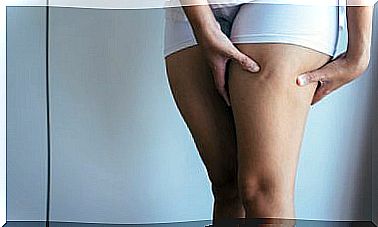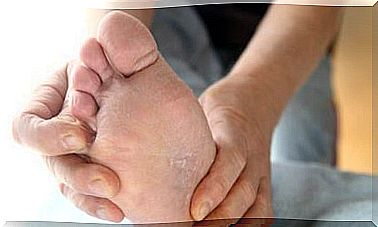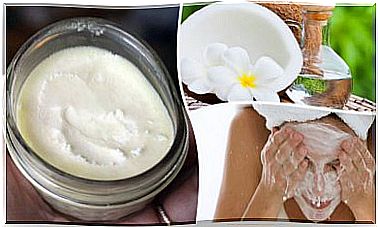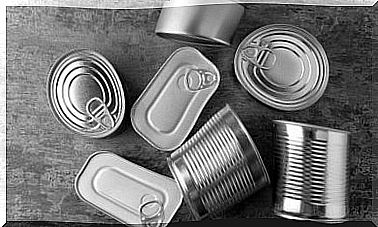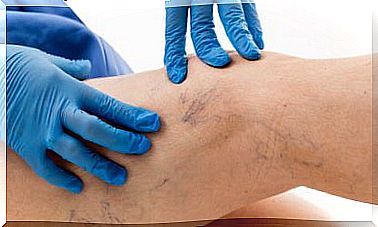What Is Capsulitis?
Capsulitis is an inflammation located in the joint “capsule”, that is, in all the fibrous tissue that surrounds any mobile joint: fingers, shoulders, hips …
This condition is very common, for example, in athletes. It is possible that those who practice basketball, handball or volleyball have suffered such painful inflammation in one or more fingers that must be immobilized with a bandage.
Now, beyond the sports field, it is common to suffer capsulitis in the shoulders and hips when we reach a certain age. Women between 50 and 60 years old are the ones who most often suffer from this joint problem and in many cases their life is limited due to the pain with which it usually occurs.
Why does capsulitis originate?
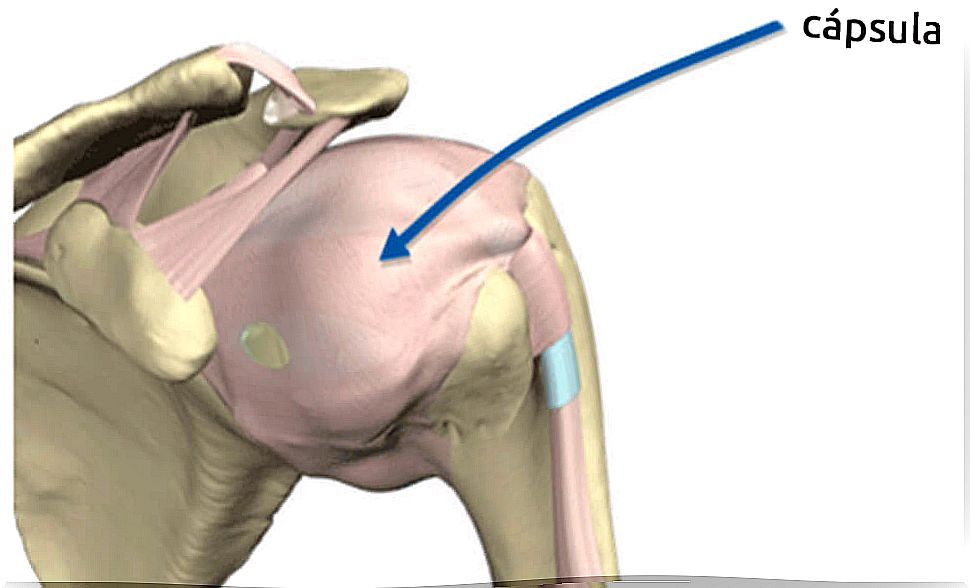
To better understand what capsulitis is, we must first know what the joint capsule is.
- It is a membrane that surrounds all the joints. Its function is to prevent the bone segments from moving.
- These joint capsules are located close to the cartilage and ligaments, thus facilitating both the protection of the joint and the harmony of the movement itself.
When we suffer a capsulitis there is no break, that is, this tissue has not moved, nor is there a fracture in the bone or joint itself. We could say, therefore, that it is not serious, although it causes lasting pain.
There is no single origin that determines the appearance of capsulitis. What’s more, sometimes the triggers are unknown. Let’s see what the most common and well-known causes are :
- Diabetes.
- Trauma.
- Thyroid problems
- Rheumatic diseases.
- It is common in women between the ages of 50 and 60 who have already reached menopause.
Symptoms of capsulitis
The pain is localized in a specific joint, almost always beginning with a stiffness. Almost without knowing how, it is difficult for us to carry out movements that we used to do naturally, such as combing our hair, washing our back, fastening our clothes, lifting weights …
- The pain is increasing and can last for weeks, months and years depending on the source.
- Numbness and swelling may appear in the affected area.
- Recovery is slow.
The “frozen shoulder”, a very common type of joint capsulitis
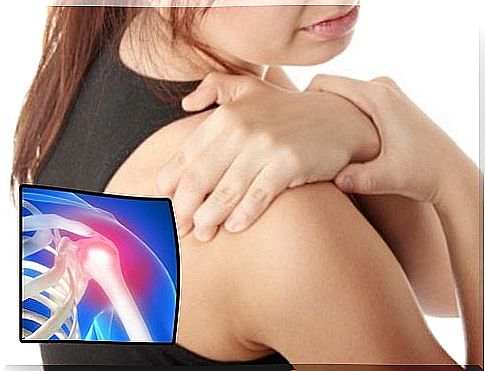
We have just pointed it out: capsulitis is usually more common in women who have passed the age of fifty and who are already in that menopausal stage.
Thus, one of the most common ailments that usually arise in this life cycle is, without a doubt, joint pain. Within this condition, the so-called “frozen shoulder” is a more than frequent disorder. Let’s look at some data.
- The frozen shoulder or adhesive capsulitis is an inflammation that is located in all the connective tissue that lines the shoulder joint.
- It is a condition that can be chronic in many cases.
- It appears as a consequence of the loss of elasticity in this tissue.
- The capsule that covers the joint hardens, there is less synovial fluid and the structure of the joint rubs, is touched and the consequent inflammation appears.
Symptoms of frozen shoulder
Frozen shoulder pain usually gives its first clues at night. Patients with this problem have a hard time sleeping on their side.
- Later, that nocturnal discomfort begins to make an appearance in daily tasks: combing hair, putting on a seat belt in the car …
- Little by little, the pain becomes more intense and increases with changes in temperature, anxiety, stress, vibrations, the change of season …
- Pain does not usually go away with pain relievers. In fact, frozen shoulder can be a chronic condition or go away on its own after two years.
Treatment for frozen shoulder
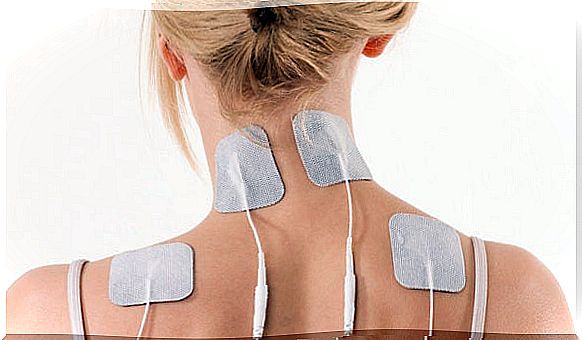
Treatment for frozen shoulder or adhesive capsulitis is multidisciplinary, that is, it must be approached from various strategies to improve the quality of movement, reduce pain and treat this inflamed capsular tissue. These would be some:
- Cold-heat treatment to reduce inflammation.
- TENS ( transcutaneous nerve stimulation ). It is a very useful type of therapy in these cases. Neurostimulation is applied through the skin using small electrodes and is very effective.
- Another way to treat this type of capsulitis is by immobilizing the shoulder itself. This is something that a good physical therapist will do.
- Performing adequate daily stretching is also very suitable.
- We cannot ignore the treatment by physiotherapists with specific massages for this ailment.
- Cryotherapy is a type of intervention that uses cold to promote the recovery of those inflamed tissues around the shoulder joint.
Doubts? Consult with the physiotherapist
In any case, it is best to try techniques and different types of therapies to find the one that best suits our needs.
Some experience improvement with acupuncture, others do well with swimming, yoga, and transcutaneous nerve stimulation. Therefore, do not hesitate to consult with good professionals to reduce the impact of pain associated with capsulitis.

